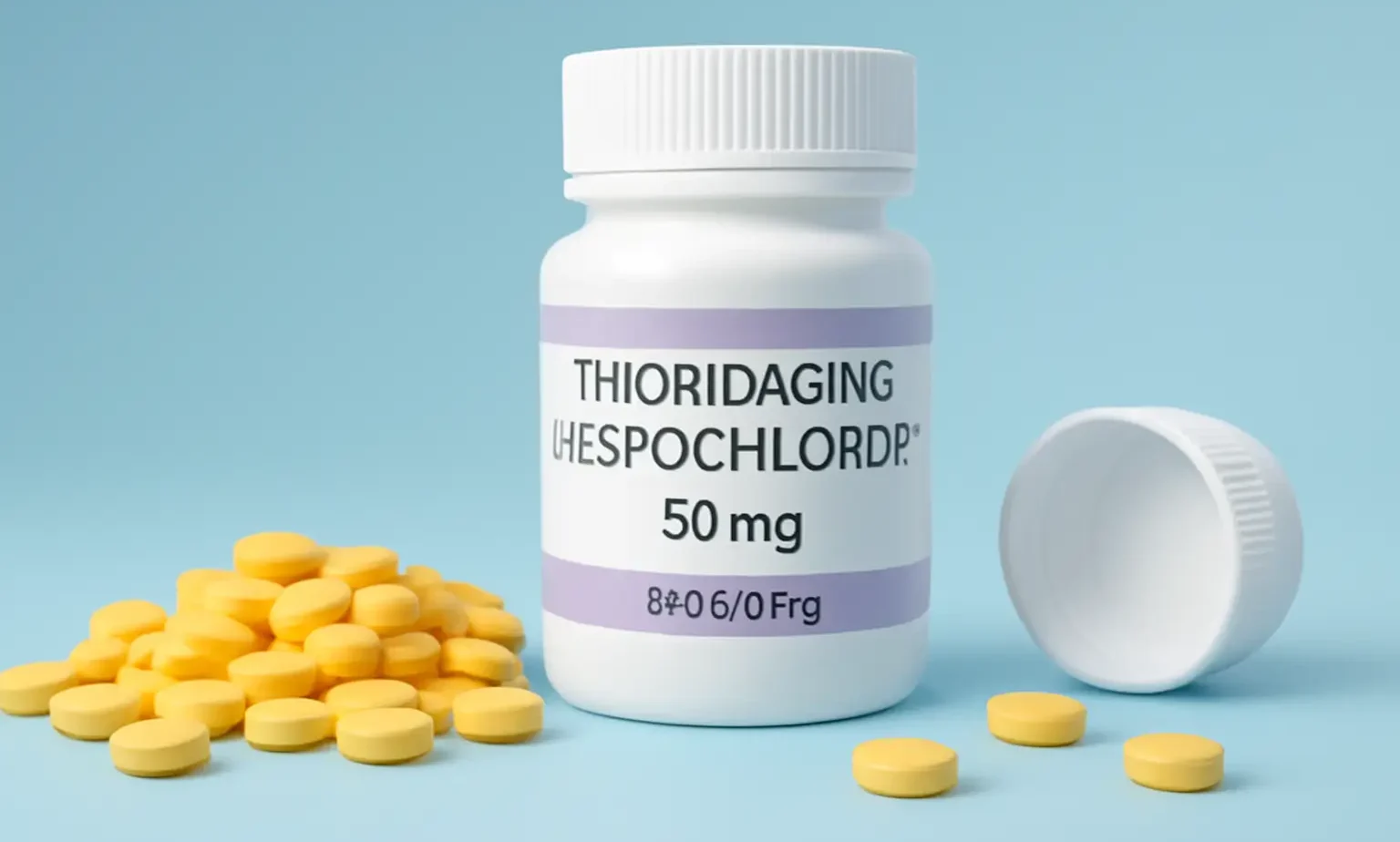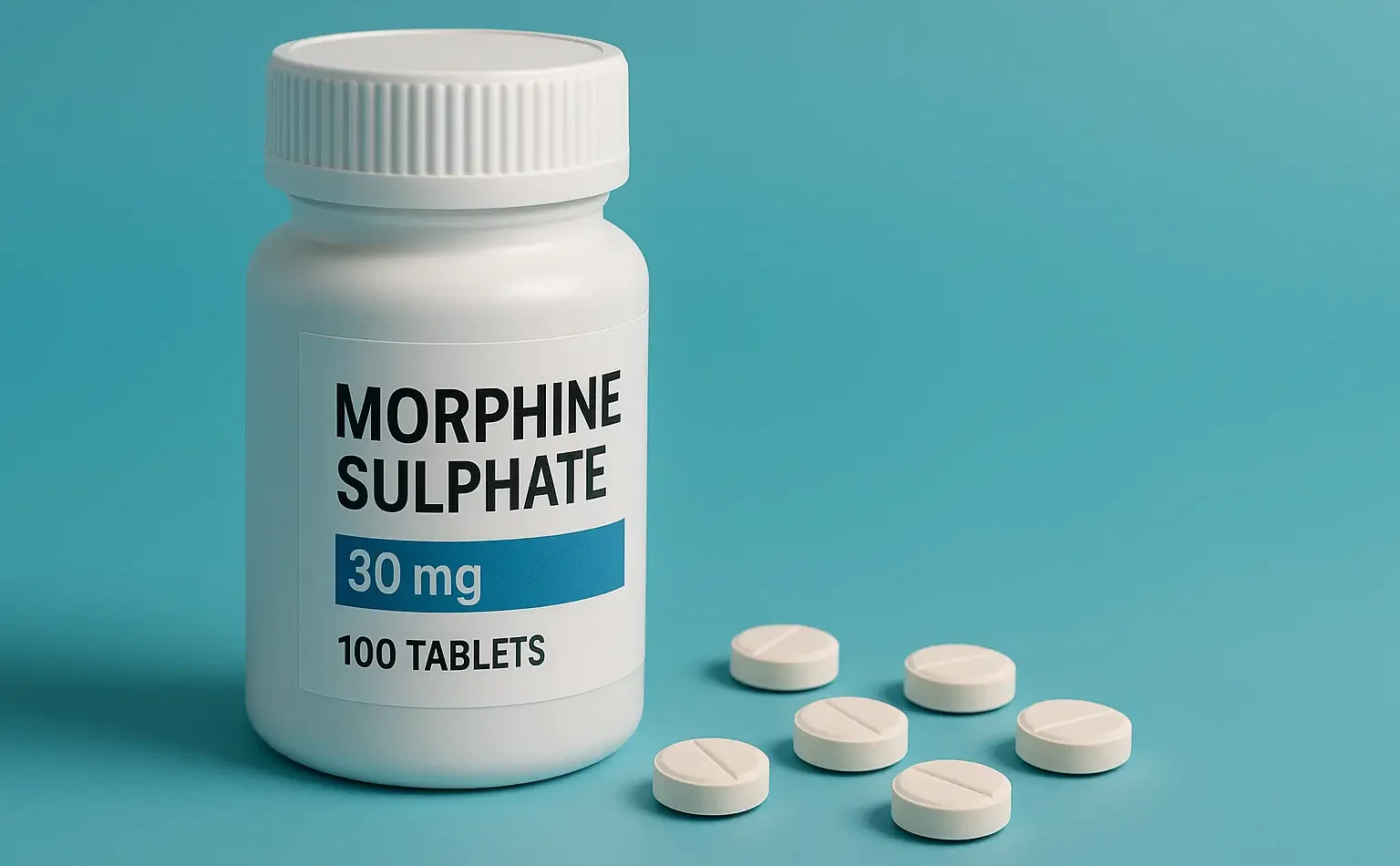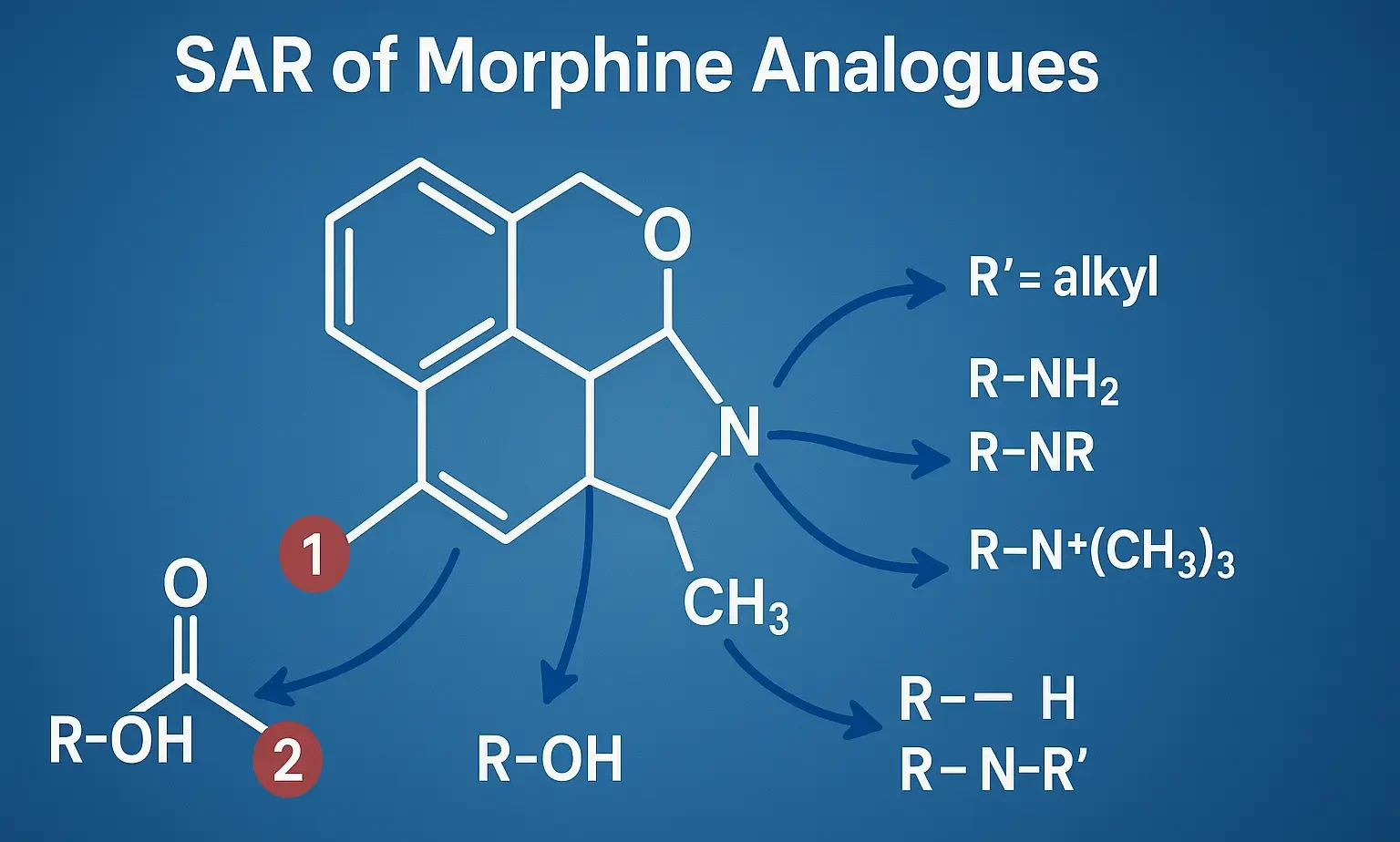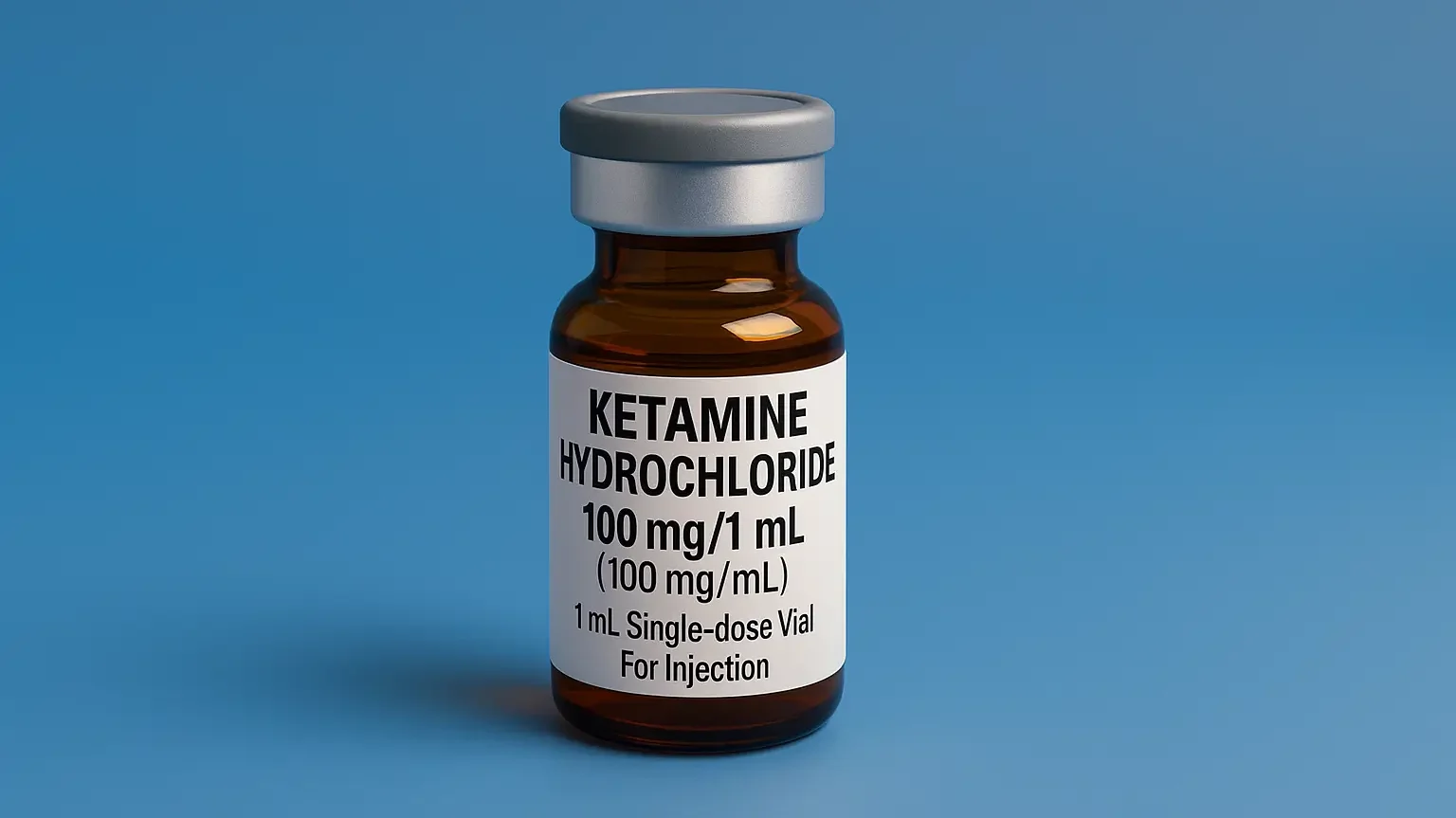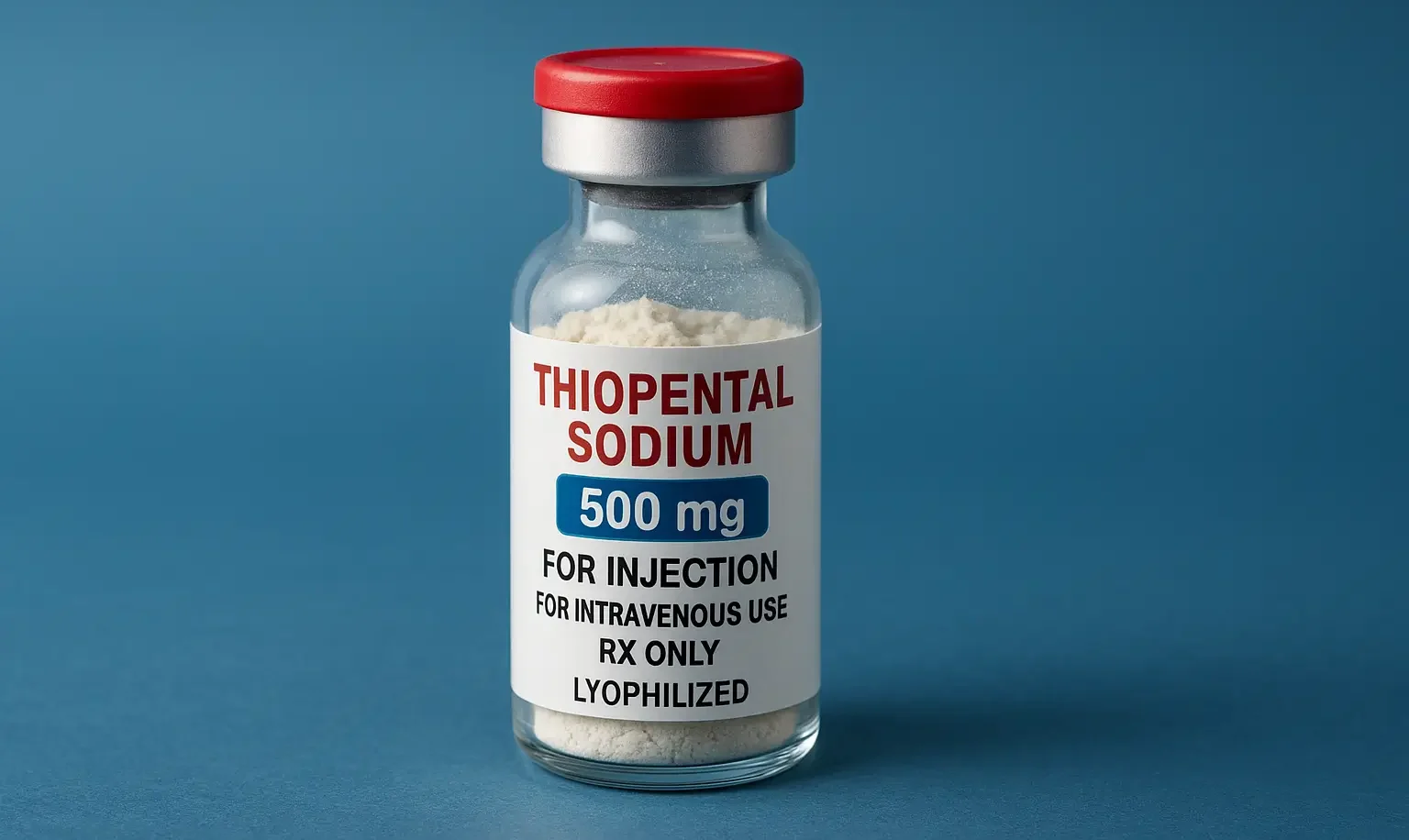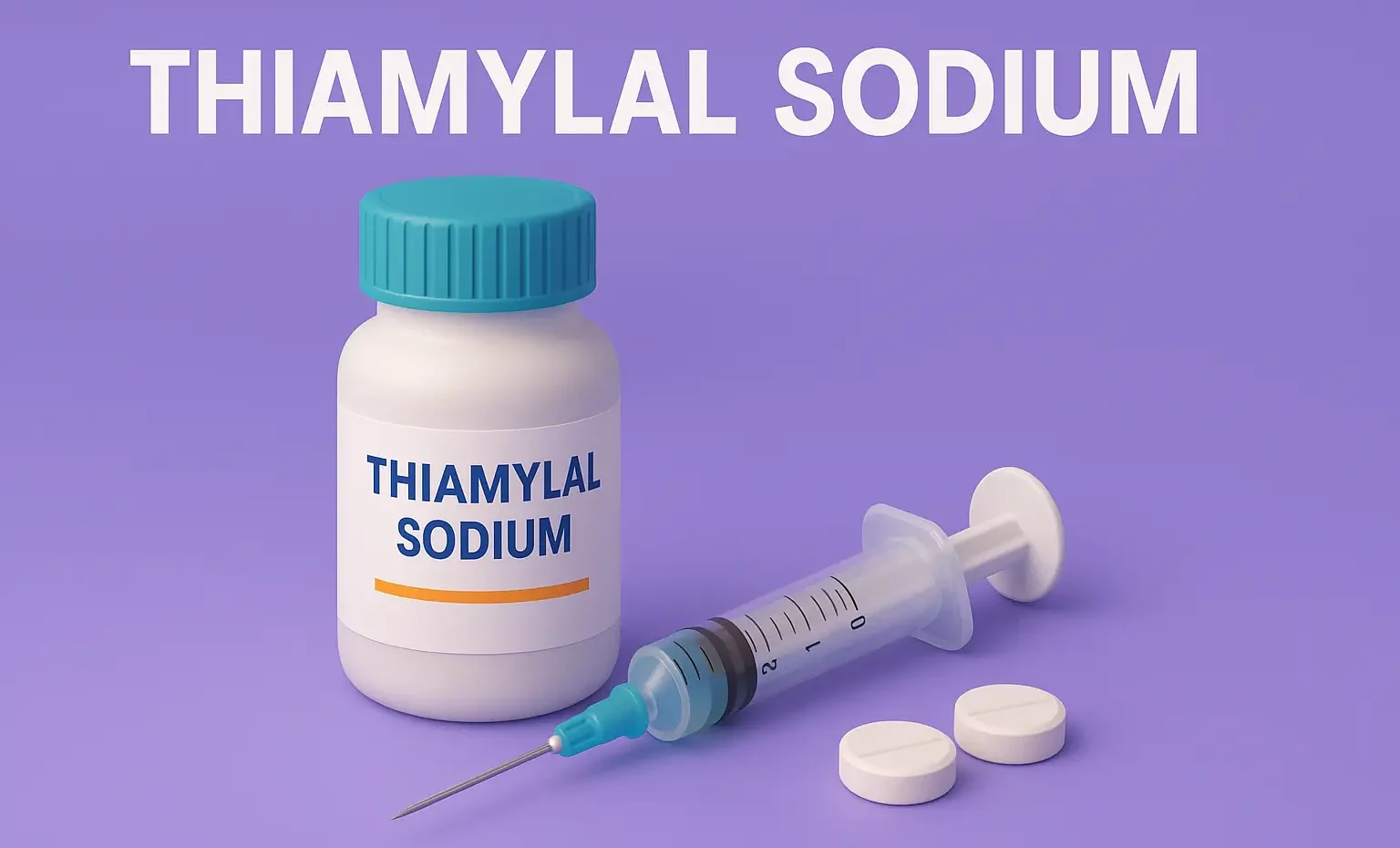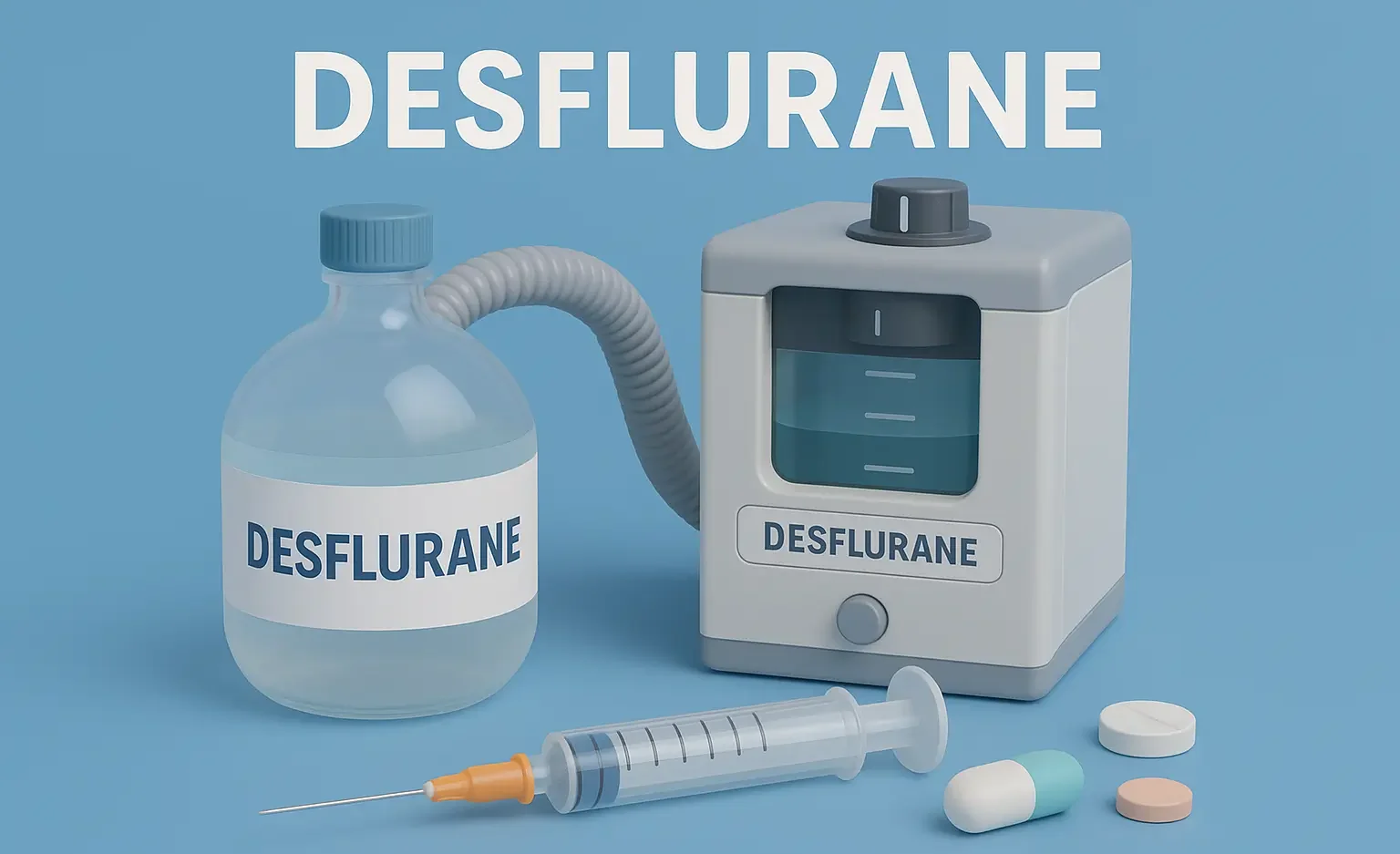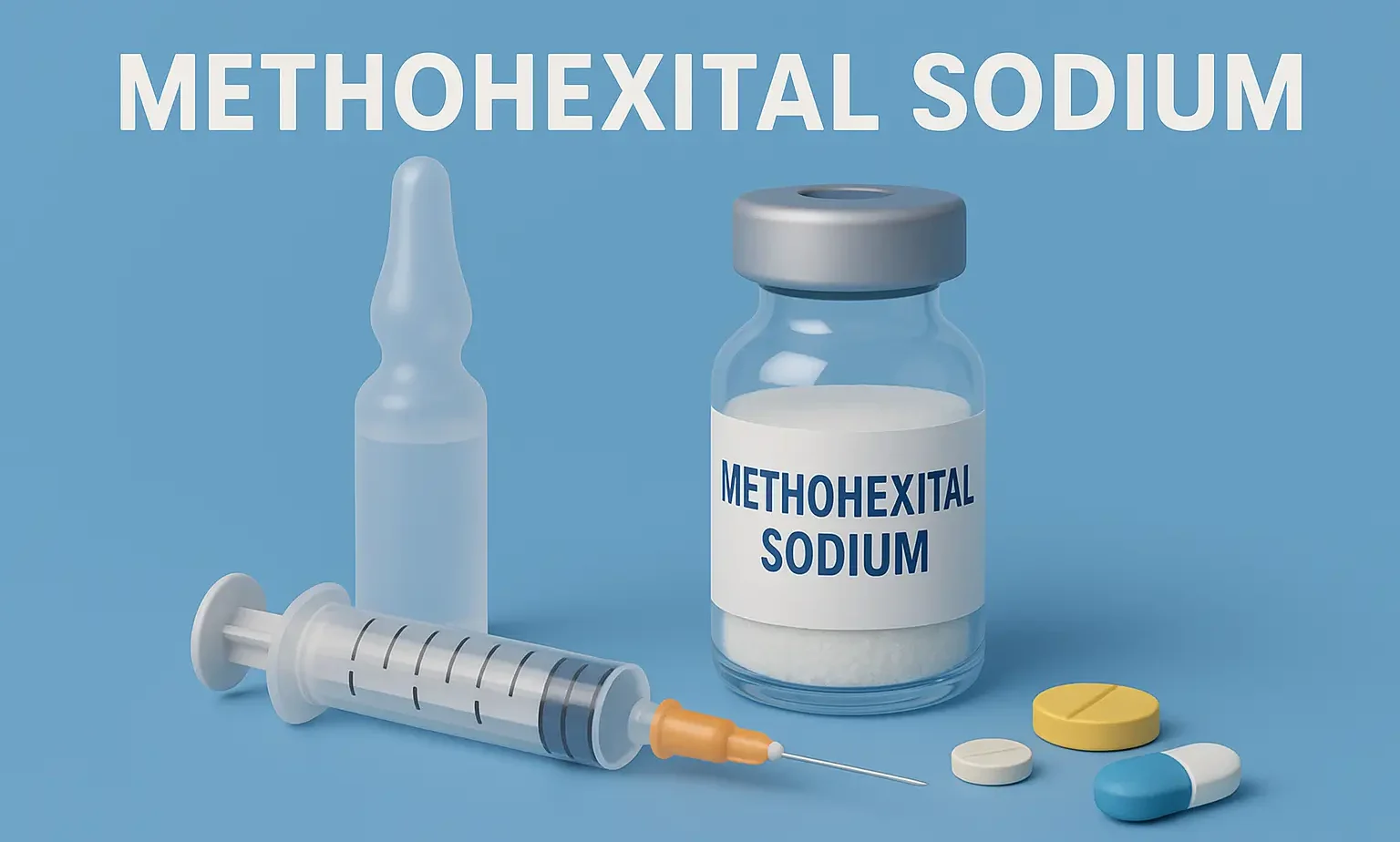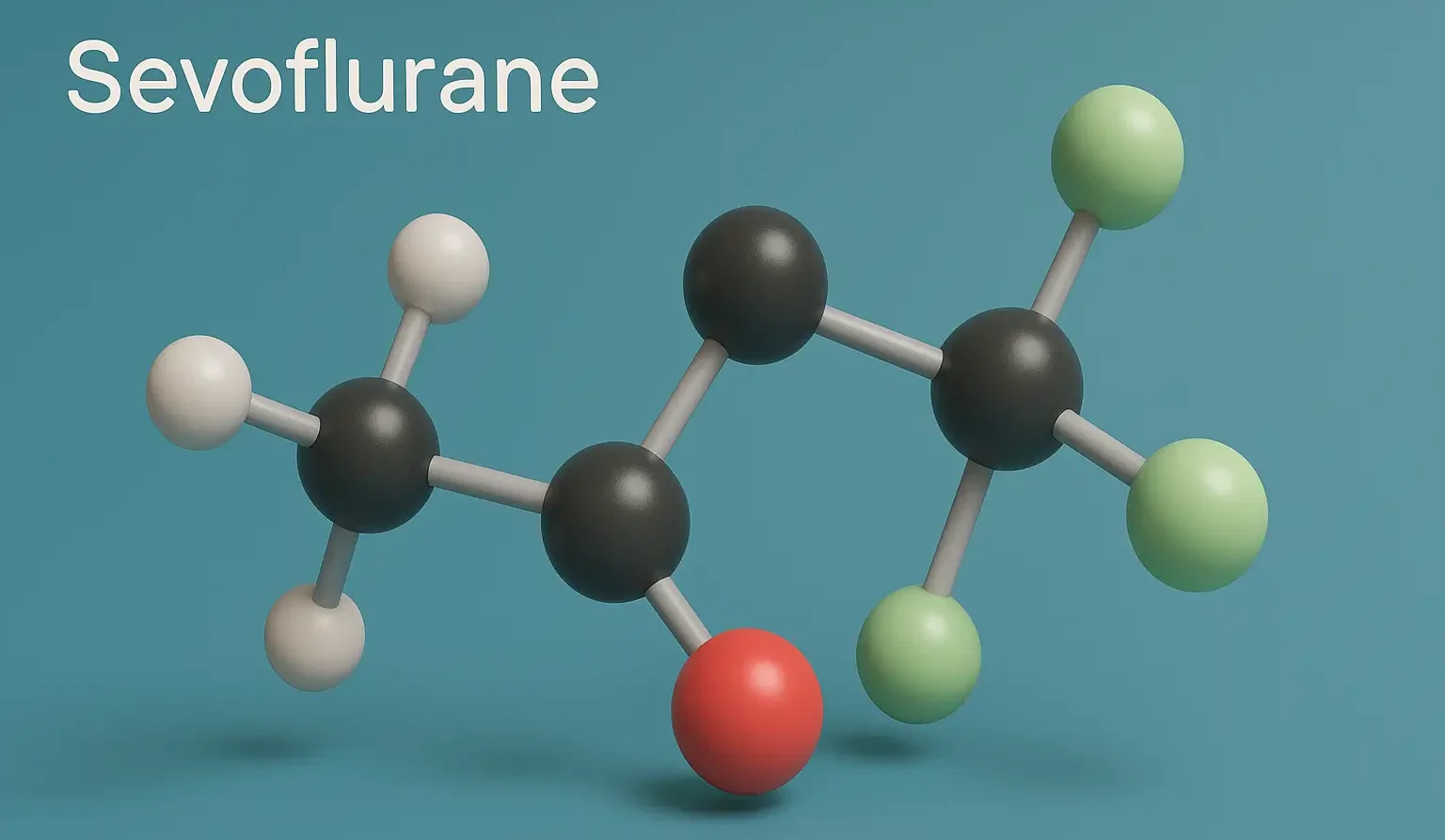Thioridazine Hydrochloride
Thioridazine Hydrochloride is a typical antipsychotic, blocking dopamine receptors to reduce psychotic activity in the brain. It treats schizophrenia and psychotic disorders by managing symptoms like agitation and hallucinations. Chemical Formula: C₂₁H₂₇ClN₂S₂·HCl Mechanism of Action: D2 receptor antagonist Also blocks muscarinic, alpha, and H1 receptors Uses of Thioridazine Hydrochloride: Schizophrenia (especially in treatment-resistant or sensitive … Read more

